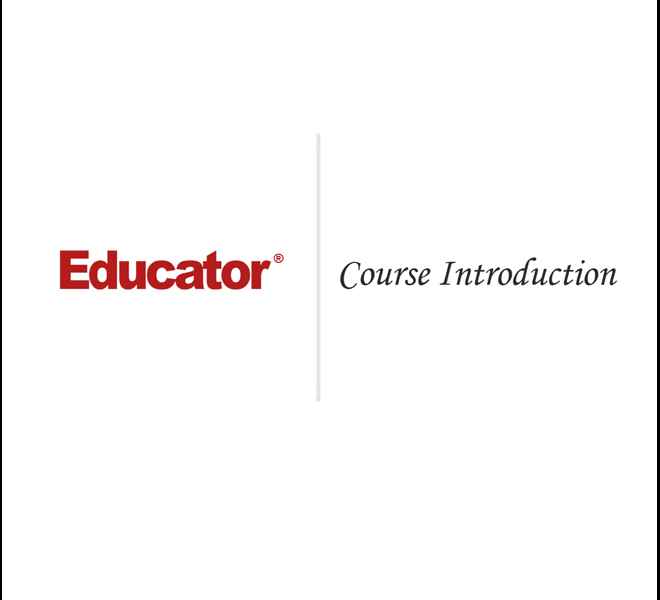Connecting...

This is a quick preview of the lesson. For full access, please Log In or Sign up.
For more information, please see full course syllabus of Advanced PHP
For more information, please see full course syllabus of Advanced PHP
Advanced PHP Course Introduction
Lecture Description
In this lesson our instructor gives a course introduction. First, he talks about advanced PHP with MySQL, the Educator store, and Object-Oriented Programming. He discusses what you will learn, and some course prerequisites.
Bookmark & Share
Embed
Share this knowledge with your friends!
Copy & Paste this embed code into your website’s HTML
Please ensure that your website editor is in text mode when you paste the code.(In Wordpress, the mode button is on the top right corner.)
×
- - Allow users to view the embedded video in full-size.
Next Lecture
Previous Lecture

















































0 answers
Post by Jonathan Bello on June 28, 2012
When you say know the material from your previous course. Does this mean know it of the top of your head and know how to implement it or just understand the concepts and have good idea about it?
I have previous programming knowledge, understand most of the concepts you have taught in your previous course. I can look at code and have a pretty good understanding of what it is doing.